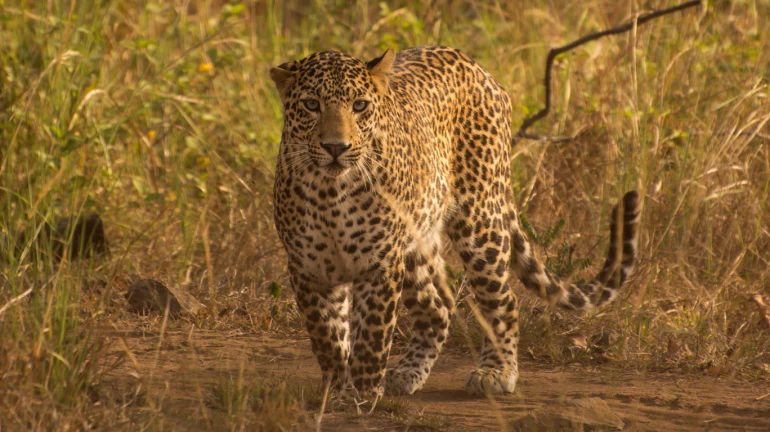
In 2023, India saw a lot of wildlife deaths. It mainly witnessed a huge loss of the tiger and leopard population—also known as the big cats—as per data compiled by the Wildlife Protection Society of India. According to their report, 206 tigers and 565 leopards lost their lives during the year. Maharashtra, Madhya Pradesh, and Uttarakhand recorded the highest number of tiger deaths.
Tiger Deaths:
Notably, Maharashtra recorded the highest tiger mortality with 52 deaths. In Maharashtra, 50% of deaths were reported in Gadchiroli and Chandrapur districts. Maharashtra was followed by Madhya Pradesh with 45 tiger deaths. The third-highest tiger fatalities were recorded in Uttarakhand, with 27 tiger deaths.
Causes Of Tiger Deaths:
According to the data shared by the Wildlife Protection Society of India:
79 tigers died of natural and other causes,
56 died due to poaching and seizure,
47 tigers died due to infighting,
14 tigers died during rescue and treatment,
Seven tigers were killed in road and train accidents,
Two tigers were killed by other species,
One tiger was shot by FD/police or killed by villagers.
Leopard Deaths:
In 2023, 565 leopards died, of which 410 died due to various natural and unnatural reasons. 155 leopards died in poaching and seizures.
Bollywood Actor and Wildlife Conservationist, Randeep Hooda, said that the primary causes are the expanding population and the declining habitat. As we celebrate the rise of tigers, we also need to acknowledge the importance of protecting their habitats and the corridors that connect them. The number of tigers lost to territorial infighting will decrease as a result.
He further added that there is also a great deal of conflict because of mining and linear infrastructure. Since tigers only make up 2.6% of our territory, more must be added if we are to see additional population expansion. Poaching still occurs, which is unacceptable given the new technologies at our disposal. The same is true for leopards, who are alarmingly becoming prey to linear highways and poaching.
Renowned Wildlife Conservationist, Kedar Gore of The Corbett Foundation said that years of habitat alteration in tiger reserves have led to a disproportionate increase in prey and predator populations. This, in turn, has increased competition among species as well as conflict between humans and animals. Gore added that the "problem of plenty in population" is a result of the large number of tigers in a constrained region found in the majority of Madhya Pradesh and Maharashtra's tiger sanctuaries.





